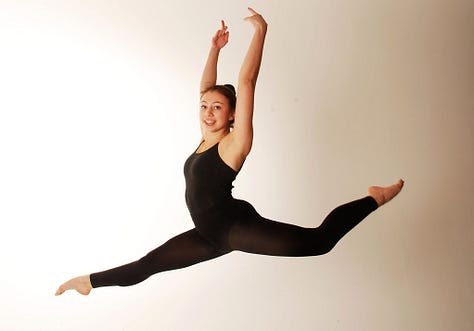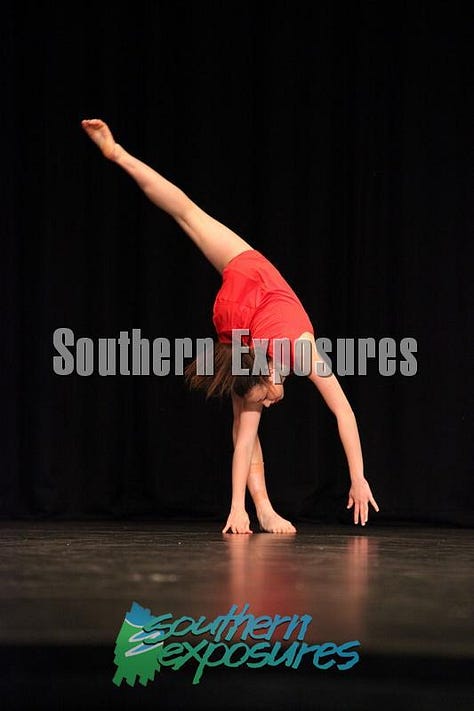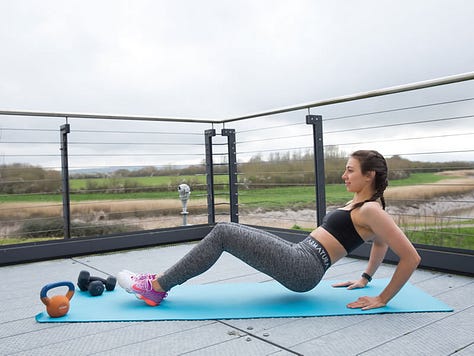I have chocolate ankles…

“Bloody chocolate ankles!” I sobbed to Jake, shortly after taking a little tumble down some concrete stairs in Turkey. It wasn’t a proper fall down the whole flight, just one of those slips where you skip a few steps and your heart falls out your arse.
“Are you ok? What happened?”
Nothing had happened. Well, aside from my ankle joint deciding to momentarily strike as if it was sick of working all day and fed up of not being appreciated.
“Just my stupid fucking chocolate ankles again”.
I had taken the next step down and my ankle had just given way; rolled to the side causing me to disintegrate like one of those little wooden toys where you press the spring-loaded button underneath and the animal collapses into a floppy heap.
“Walk it off, walk it off. Does it feel ok?” Jake is used to my trips but still always surprised when they happen.
“Fuck, that hurt so much. I think I’m ok but it’s really sore…so is my knee”.
This is not an uncommon occurrence in our house. I am constantly tripping, stumbling, falling, slipping or hurting myself in some way or other. Bashes, bruises, cuts, scrapes, knocks, bumps, bangs, chips (I successfully chipped both my front teeth at a young age and one is now capped): I am covered in inexplainable marks on my whole body, always.
It’s a running joke between Jake and I, how easily I bruise. I can hit my elbow on a doorframe or smash my shin on god knows what and tell instantly if it is going to bruise (which is usually does, quickly). It used to be funny but now I’m just constantly covered and it isn’t a great look, especially when I have no idea how I got them.
The problem with always hurting yourself (unintentionally) is two-fold:
1). You don’t know whether it’s just another silly mishap or if you’ve done some real damage. (Usually, only time will tell).
2). People (including yourself) start to take your injuries less seriously.
I once stubbed my little toe on the wall as I was walking to the kitchen (again, god knows how!) and instantly knew it was bad. I had never broken a bone before but was pretty certain this is what it would feel like. Jake was convinced it was fine and just another of my clumsy accidents. After all, it did happen all the time.
The thing is when you’re always getting injured you start to question your own level of pain. You gaslight yourself: ‘am I being dramatic?’, ‘is it actually that bad?’. The next day I woke up to a swollen little toe and a dark black and blue bruise covering half of my foot. I wasn’t being dramatic. It was that bad. It was broken.
When I was in dance school I would injure myself all. the. time. I thought I was doing something wrong: perhaps my technique was off or I was simply too weak. My mantra, common within the dance world, was ‘no pain, no gain’. I pushed and pushed, through the pain, through the injuries, believing that mental resilience alone would get me through. My body gave up on me and I had to drop out. A hard decision, but after ending up in A&E numerous times due to being unable to walk, I was left with no other option.



When I got into fitness and became a Personal Trainer I seemed to always have some niggling pain. I assumed everyone felt this way. I carried on with my ‘no pain, no gain’ mindset.
During those years I picked up a nasty rotator cuff injury, hip flexor injury, torn ligaments in my ankle and foot, sciatica and a bulging disc is my spine (L4, L5).



Then I was diagnosed with fibromyalgia and hyper-mobility spectrum disorder (HSD).
All my pain suddenly made sense.
The ‘no pain, no gain’ mindset that I was taught had failed me. And had instead been really harmful to my physical health leaving me with lingering injuries that continue to flare up even now, years later.
The specialists and doctors I’ve visited for almost a decade had also failed me. Telling me again and again that I was ‘fine’: that I was ‘too young’ to be sick.
If I had gotten my diagnoses earlier, perhaps I could have avoided some of the strenuous activities that caused my injuries. Perhaps I could have been better supported and learnt how to work within the limits and safe boundaries of my hypermobile body. I try not to dwell on this fact too much because it makes me equal parts angry and sad.
Fast forward a few years and I learnt that it is very common for neurodivergent people to have a chronic illness; HSD is commonly seen amongst ADHDers and Elhers Danlos Syndrome amongst autistic people. Being both ADHD and autistic it is now unsurprising to me that I have fibromyalgia and HSD.
Side note: hEDS (hypermobile Elhers Danlos Syndrome) is often misdiagnosed as HSD and Fibromyalgia - both of which I have - so I recently visited my doctor to query my diagnoses (incase I have hEDS instead). The doctor said he didn’t think so and was happy with my initial diagnoses of Fibromyalgia and HSD. I’m not so sure myself but I believe treatment is much the same: there isn’t really any. So I won’t be pursuing it any further for now.
So yes, I have chocolate ankles. And yes, it sucks. But it sure as hell makes for some funny stories. I mean at this point it really is a skill how clumsy I am.
Thank you for reading, and as always if you enjoyed this post please share with a friend.
Until next time…
Georgia x



